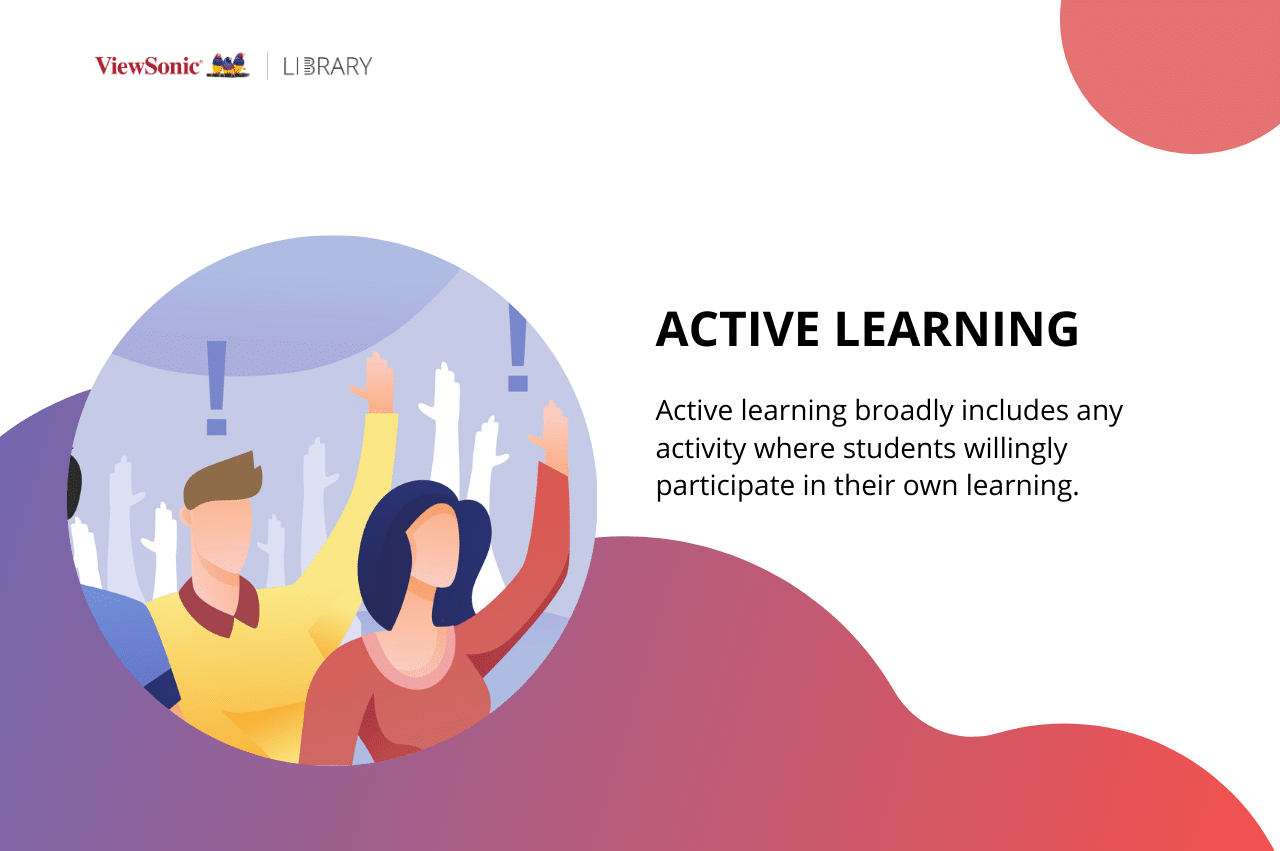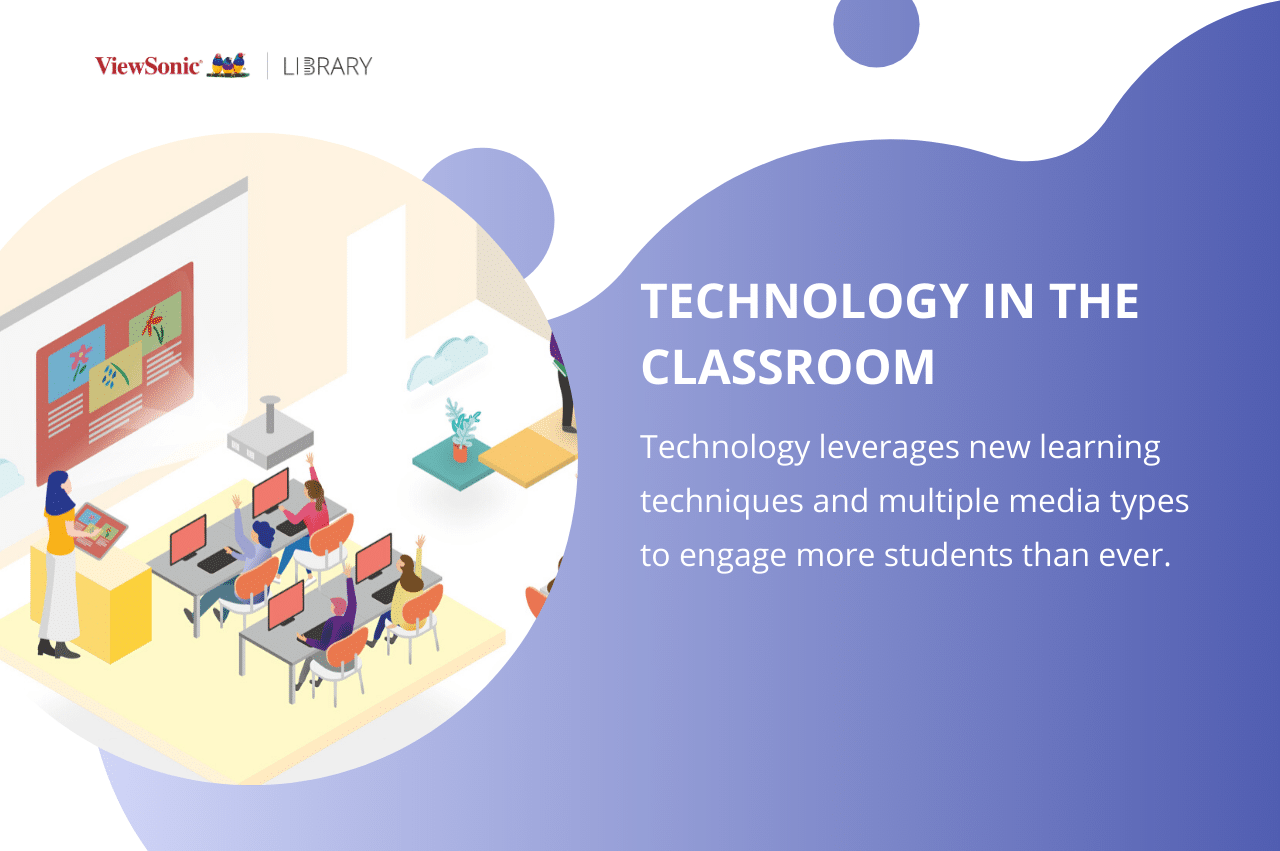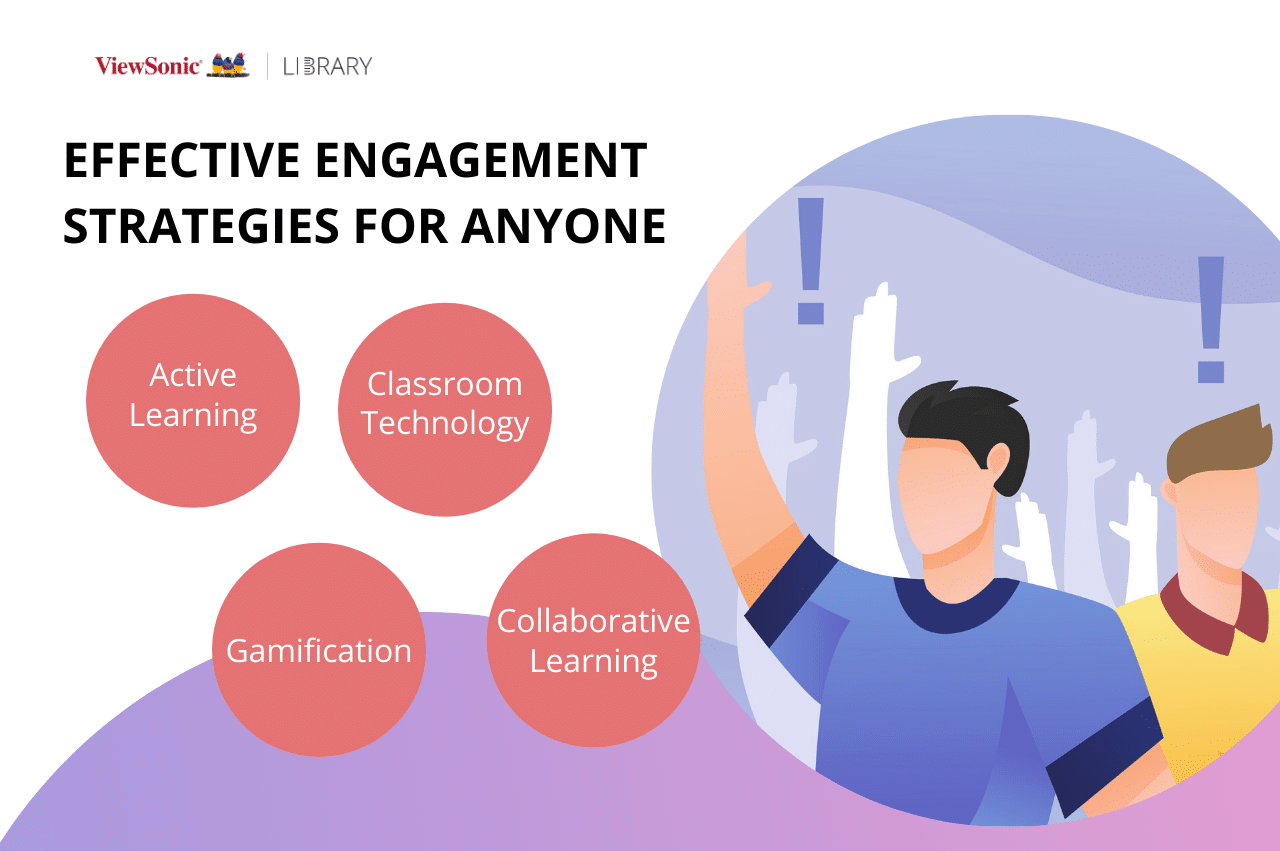In order to generate emotional buy-in from a class, attract and hold learners’ attention, and convey a lesson’s value, certain student engagement strategies can be used. These strategies are intended to appeal to people who have different learning styles, while also equipping educators with the ability to make their lessons more varied.
Read on to learn about strategies like active learning and gamification, and to understand how they can boost engagement levels among students of all ages.
For teachers, student engagement strategies provide ways to inspire, entertain, and hold the attention of students, improving teaching effectiveness and making lessons more valuable. Additionally, many of these strategies can also help to encourage students to take a more active interest in courses, and to invest more heavily in their own learning outcomes.
However, it is equally important to understand that there is a range of different engagement strategies that can be deployed, and some will be more relevant than others, depending on the nature of the course, the material being covered, and the behavior of those in the class. In this post, we take a closer look at some of the main strategies and what they have to offer.

Active Learning
One of the most successful and widely-used student engagement strategies is the strategy of active learning, and this is partly because it is applicable to all age groups. Essentially, this includes almost any approach to education that involves asking students to learn through carrying out meaningful activities. This contrasts with the idea of students passively listening to what they need to know, which is typical with the more traditional lecture-based format.
As the name suggests, active learning as an engagement strategy is concerned with ensuring students are actually taking part in lessons. Crucially, research suggests that students in traditional lecture-style courses, without active learning, are 1.5 times more likely to fail than students who are in courses that include active learning elements.
In many ways, the principle behind active learning is similar to the idea of “learning on the job.” For example, an electrician or plumber may be able to learn the theory behind what to do in certain situations in a classroom setting, but they are going to learn more and understand the value of what they have learned by actually doing the job of re-wiring a device or fixing a burst pipe. Similarly, students often learn more by taking an active role.
Types of Active Learning Activities
In truth, active learning is a rather broad umbrella term, which covers a number of different activities. These can range from fairly informal group discussions within the classroom setting, right the way through to class visits to a relevant outside location.
As part of an active learning strategy, students could be asked to carry out an experiment or apply the theoretical information they have learned to a realistic scenario. Alternatively, they might be asked to hold a debate, perform role-plays, or conduct a survey. Activities may be based around ideas of communication, problem-solving, research, and much more.

Technology in the Classroom
Schools and teachers now have access to a huge amount of education technology options, which can help to speed up processes and make it easier to introduce a variety of types of digital media into lessons. Examples of the kinds of education technology that can help here include interactive whiteboards, desktop and laptop computers, tablets, and smartphones.
These options allow teachers to present information in different formats, such as traditional whiteboard writing, slide show presentations, images, videos, and audio. As a result, lessons can become much more varied, with changes of pace built-in. This, in turn, can assist with engagement by preventing students from becoming bored or tuning out.
Moreover, the use of virtual reality and augmented reality in education settings can serve to add an experiential element to a class or course. This can then stimulate different senses and even seemingly enhance the learning environment for students. In particular, VR and AR can help to improve simulation and role-play exercises, making them more immersive.
Learn more about technology in the classroom here.

Gamification
It is imperative that teachers and academic institutions understand that students learn in different ways. One of the ways that you can engage students who may find it difficult to focus on traditional classroom lectures or even some forms of active learning is to use gamification – the use of game design elements or principles within lessons.
Examples of gamification can be as simple as a class quiz, or a competition, and the growth in the use of technology like interactive flat panels in classrooms has helped to open up more possibilities in this area. Making education a game can function to make lessons more entertaining, can help to facilitate elements of teamwork and communication, and can also help to make topics more memorable, potentially assisting with recall in exam settings.
The Role of Esports
Another emerging trend related to gamification has been the rise of organized esports within school environments. Put simply, this is a form of competition, based around playing video games, and while its adoption in educational institutions has been somewhat controversial, there is also research on the topic which suggests that participation in extracurricular esports can help to improve school performance, as well as the overall well-being of students.
Specifically, esports has the potential to reduce the amount of school time students miss, resulting in higher graduation rates. Students who engage in extracurricular activities like esports also benefit from the social aspect and that can provide benefits for students who may otherwise go home at the end of the day and play video games in isolation instead.
Looking for an esports monitor? Check these out.

Collaborative Learning
Collaborative learning refers to situations or activities which ask students to learn together, as part of a pairing, or team. It is sometimes considered to be synonymous with cooperative learning. Yet, some definitions draw a distinction between the two, with collaborative learning focused on working together to do the various tasks collaboratively, while cooperative learning requires people to take individual responsibility for tasks and then bring those parts together as part of later coordination efforts. However, this is not universally agreed upon.
Regardless of this issue with definition, both collaborative and cooperative learning strategies revolve around the idea of workloads being divided up, with students working together in the pursuit of a particular objective. Examples of the type of work they may be asked to do include presentations, role-plays, experiments, think-pair-share exercises, and much more.
Often, by working collaboratively, students can use their different skills, abilities and experiences to solve problems more effectively than they would alone. Collaborative learning can also help to develop students’ interpersonal skills and leadership skills while teaching them the importance of collective responsibility, group accountability, and compromise.
Learn more about how technology can promote collaboration here.

Final Thoughts
For classes and courses to be successful, a high level of student engagement is of critical importance. The use of the student engagement strategies mentioned in this post offer ways for educators to engage as many learners as possible, taking into account the fact that students have different preferences and learn in different ways from one another.